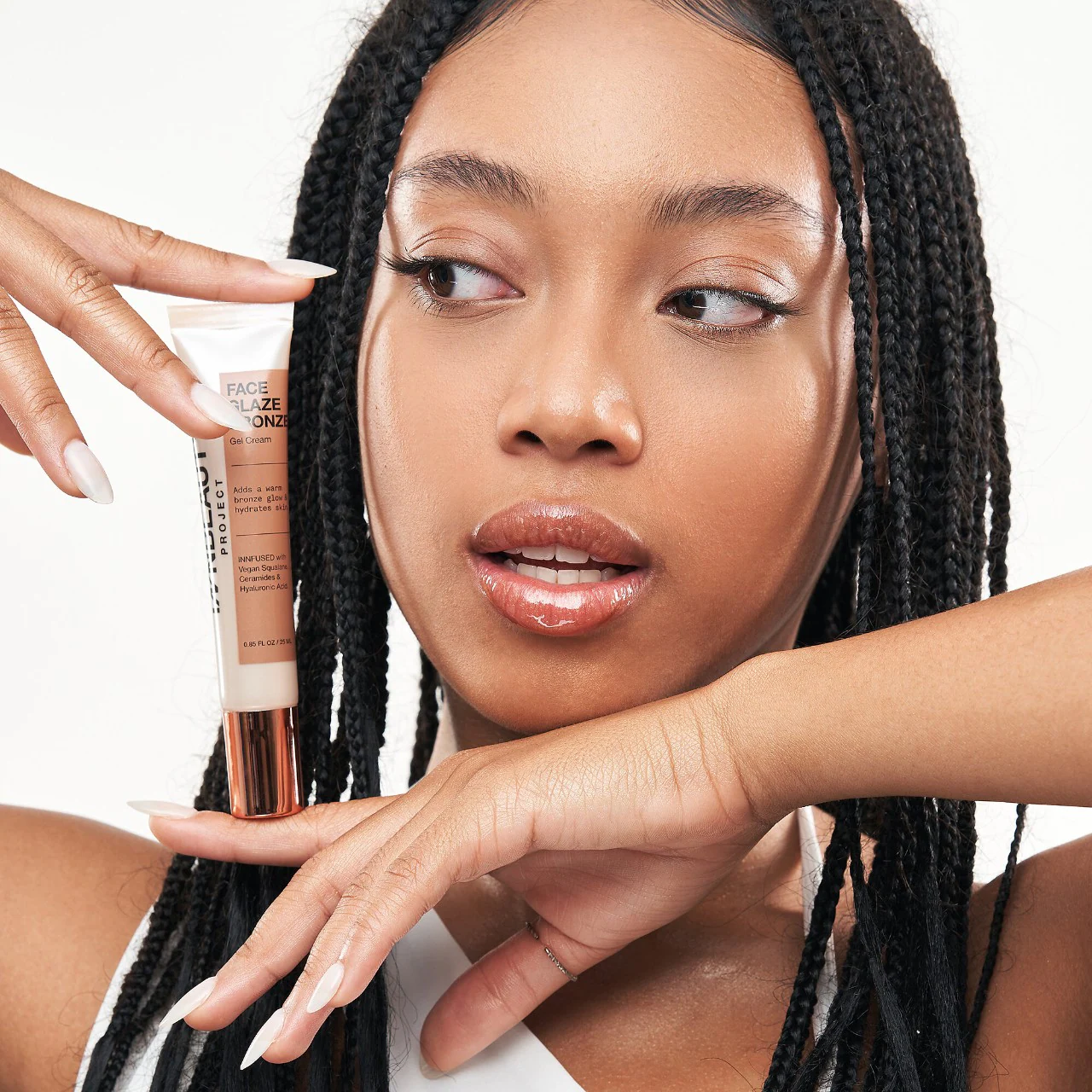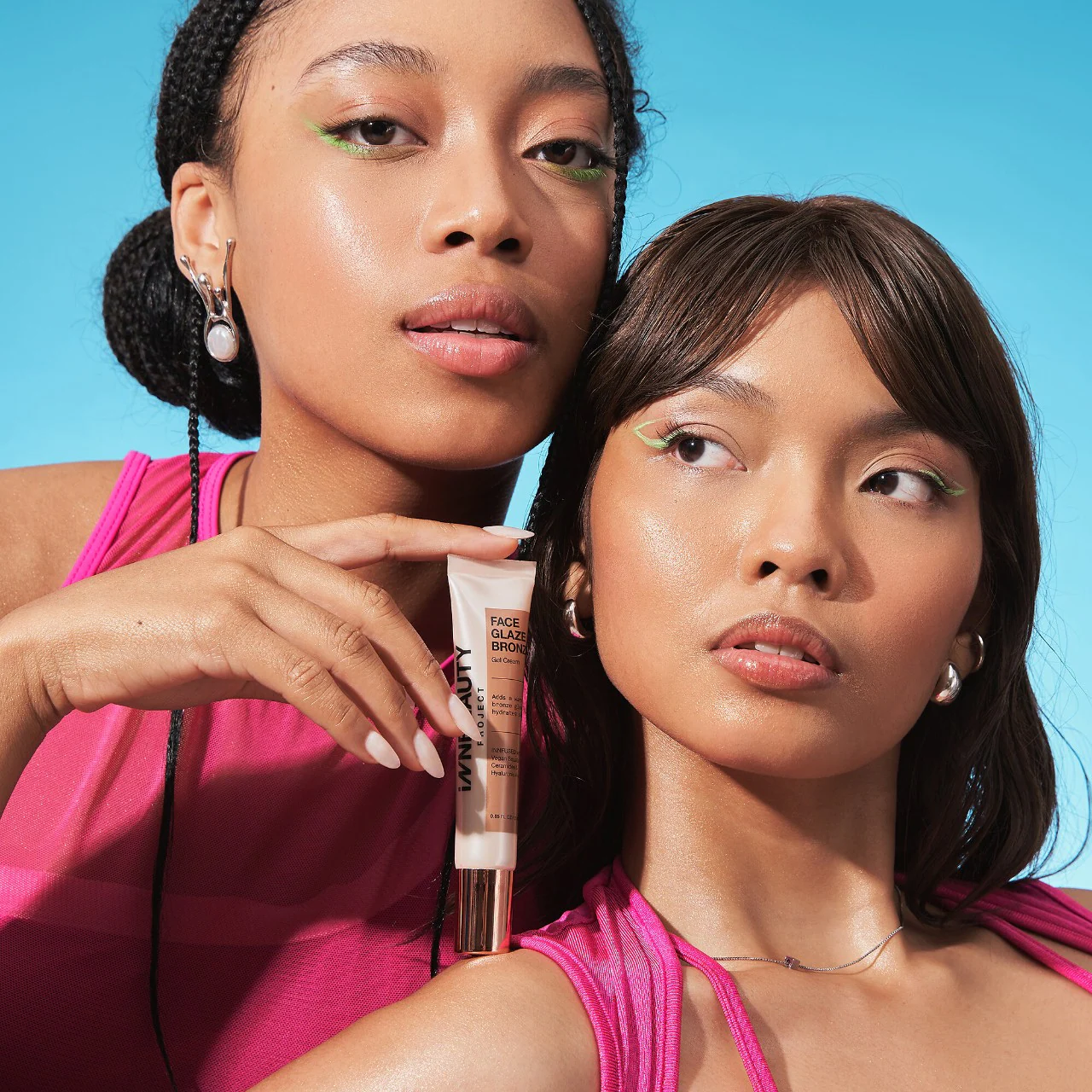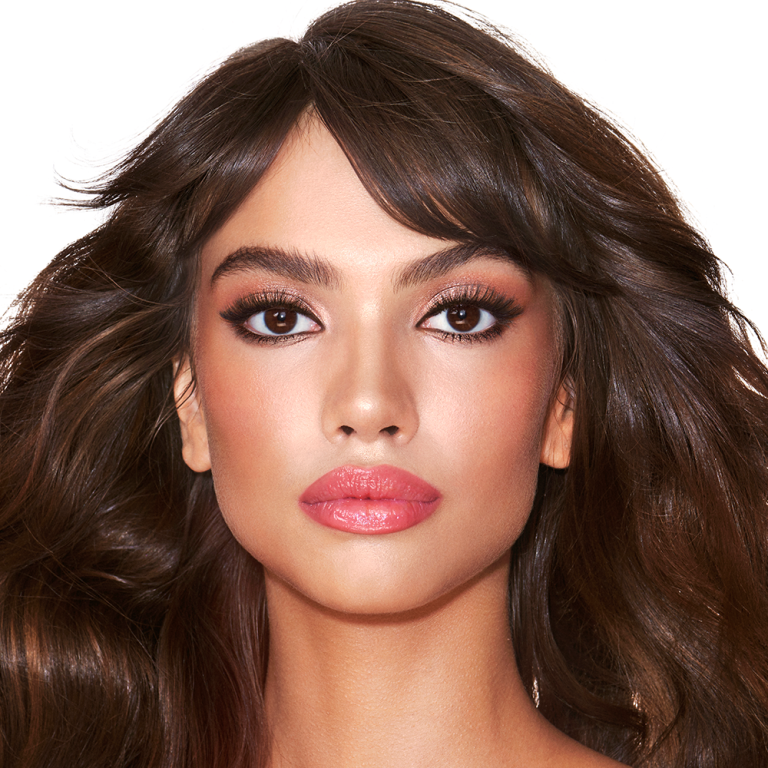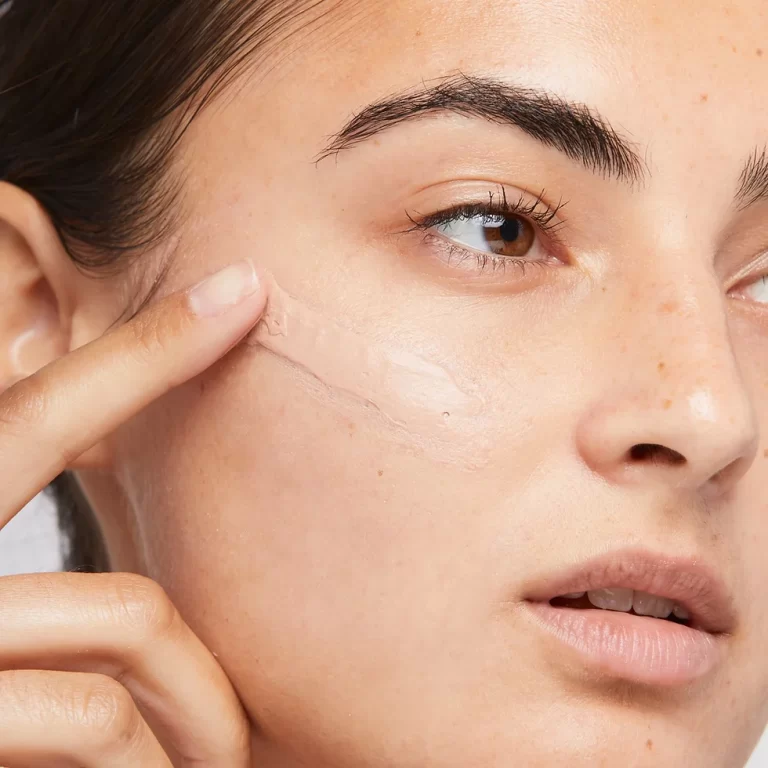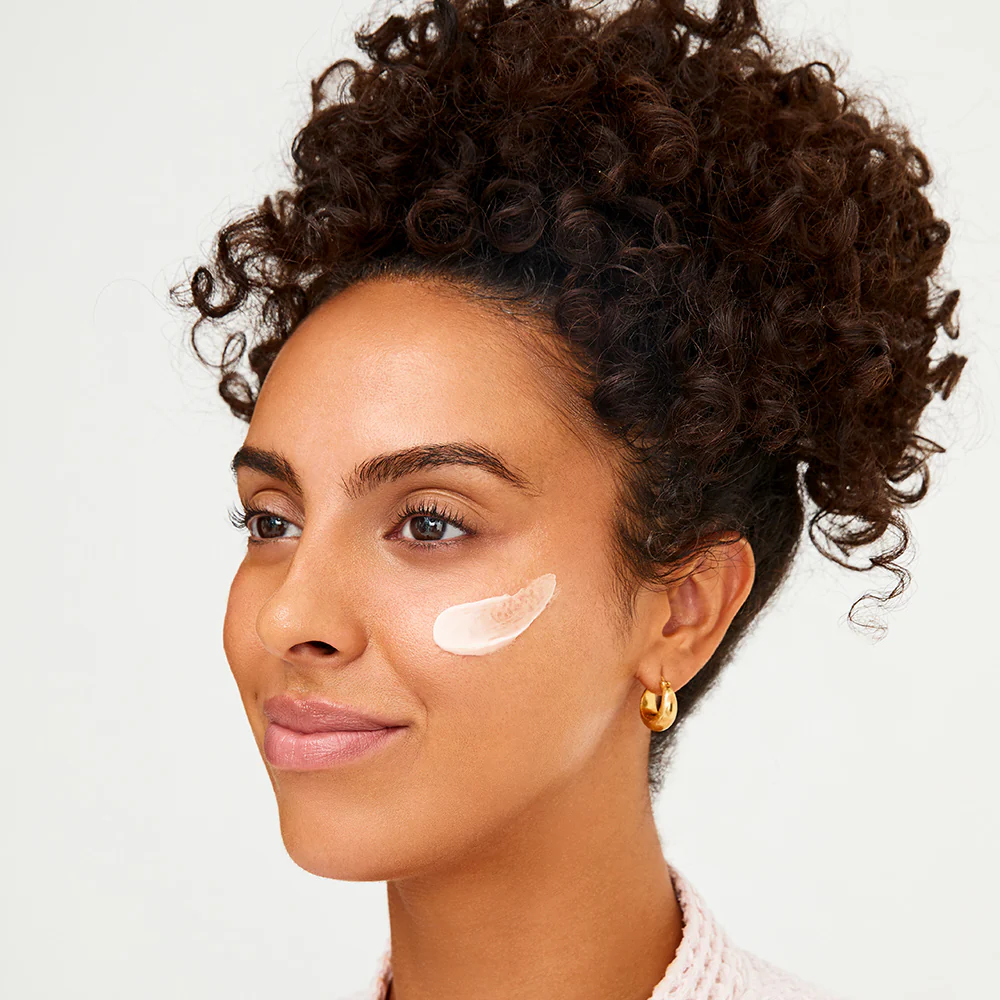
The Great Debate: Primer vs No Primer Makeup
The Great Debate: Primer vs No Primer Makeup
In the ever-evolving world of beauty, one question continues to spark debate among makeup enthusiasts and professionals alike: to prime or not to prime? Makeup primers have become a staple in many beauty routines, promising smoother application, longer-lasting wear, and a flawless finish. However, some argue that primers are an unnecessary step, adding time and expense to an already complex routine. This comprehensive guide delves into the pros and cons of using makeup primers, exploring their benefits, potential drawbacks, and helping you decide whether this extra step is worth incorporating into your beauty regimen.Discover the difference between primer vs no primer makeup, and how primer can enhance your look and longevity of wear.
Understanding Makeup Primers: What They Are and How They Work
Makeup primers serve as a preparatory layer between skincare and makeup, designed to create an optimal canvas for foundation and other cosmetics. These specialized products typically contain silicone-based polymers, which fill in fine lines, smooth out skin texture, and create a barrier between the skin and makeup. Some primers also incorporate additional benefits such as oil control, hydration, or color correction.
The primary function of a primer is to enhance the longevity and appearance of makeup. By creating a smooth surface, primers help foundation and other products glide on more evenly, reducing the likelihood of patchiness or settling into fine lines. Many primers also contain ingredients that absorb excess oil or provide hydration, addressing specific skin concerns while improving makeup performance.
The Case for Using Makeup Primers: Benefits and Advantages
Advocates of makeup primers point to several key benefits that make this extra step worthwhile. One of the most significant advantages is the extended wear time of makeup. Primers create a barrier that helps prevent the skin’s natural oils from breaking down makeup, resulting in a fresher appearance for longer periods. This can be particularly beneficial for those with oily skin or those who need their makeup to last through long workdays or special events.
Primers also excel at creating a smooth canvas for makeup application. By filling in pores, fine lines, and uneven texture, primers help foundation and other products apply more evenly, resulting in a more flawless finish. This smoothing effect can be especially advantageous for those with textured skin, large pores, or fine lines, as it creates an optical blurring effect that enhances the overall appearance of the skin.
Many primers offer additional skincare benefits beyond mere makeup preparation. Hydrating primers can provide an extra boost of moisture for dry skin, while mattifying primers help control excess oil production throughout the day. Color-correcting primers address specific concerns like redness, sallowness, or dullness, improving the overall appearance of the skin even before foundation is applied.
The Argument Against Primers: Drawbacks and Considerations
Despite their popularity, primers have their critics who argue that they may not be necessary or beneficial for everyone. One of the primary concerns is the potential for pilling or balling up of product when layering primers with other skincare and makeup items. This can occur when the ingredients in the primer are incompatible with those in other products, leading to an uneven application and a less-than-desirable finish.
Another argument against primers is the added expense and time they introduce to a beauty routine. Quality primers can be costly, and for those on a budget or with limited time for their makeup application, the extra step may not seem justified. Some makeup enthusiasts argue that investing in high-quality skincare and foundation can eliminate the need for a separate primer altogether.
Critics also point out that not all skin types benefit equally from primers. Those with naturally smooth, balanced skin may find that primers add an unnecessary layer that can lead to a heavier feel or even exacerbate issues like clogged pores. Additionally, individuals with sensitive skin may react negatively to the silicones or other ingredients commonly found in primers.
Skin Type Considerations: When Primers Shine and When They Fall Short
The effectiveness of makeup primers can vary significantly depending on individual skin types and concerns. For those with oily or combination skin, mattifying primers can be a game-changer, helping to control shine and extend the wear of makeup throughout the day. These primers often contain ingredients like silica or clay that absorb excess oil, preventing the dreaded midday shine breakthrough.
Dry or dehydrated skin types may benefit from hydrating primers that provide an extra layer of moisture before makeup application. These formulations often include ingredients like hyaluronic acid or glycerin, which help to plump the skin and create a smoother surface for foundation. However, it’s crucial to balance the use of hydrating primers with proper skincare to address underlying dryness effectively.
Individuals with mature skin or fine lines may find that smoothing primers help to create a more youthful appearance by filling in wrinkles and creating an even canvas. However, it’s important to choose primers that don’t settle into lines or emphasize texture, as this can have the opposite of the desired effect.
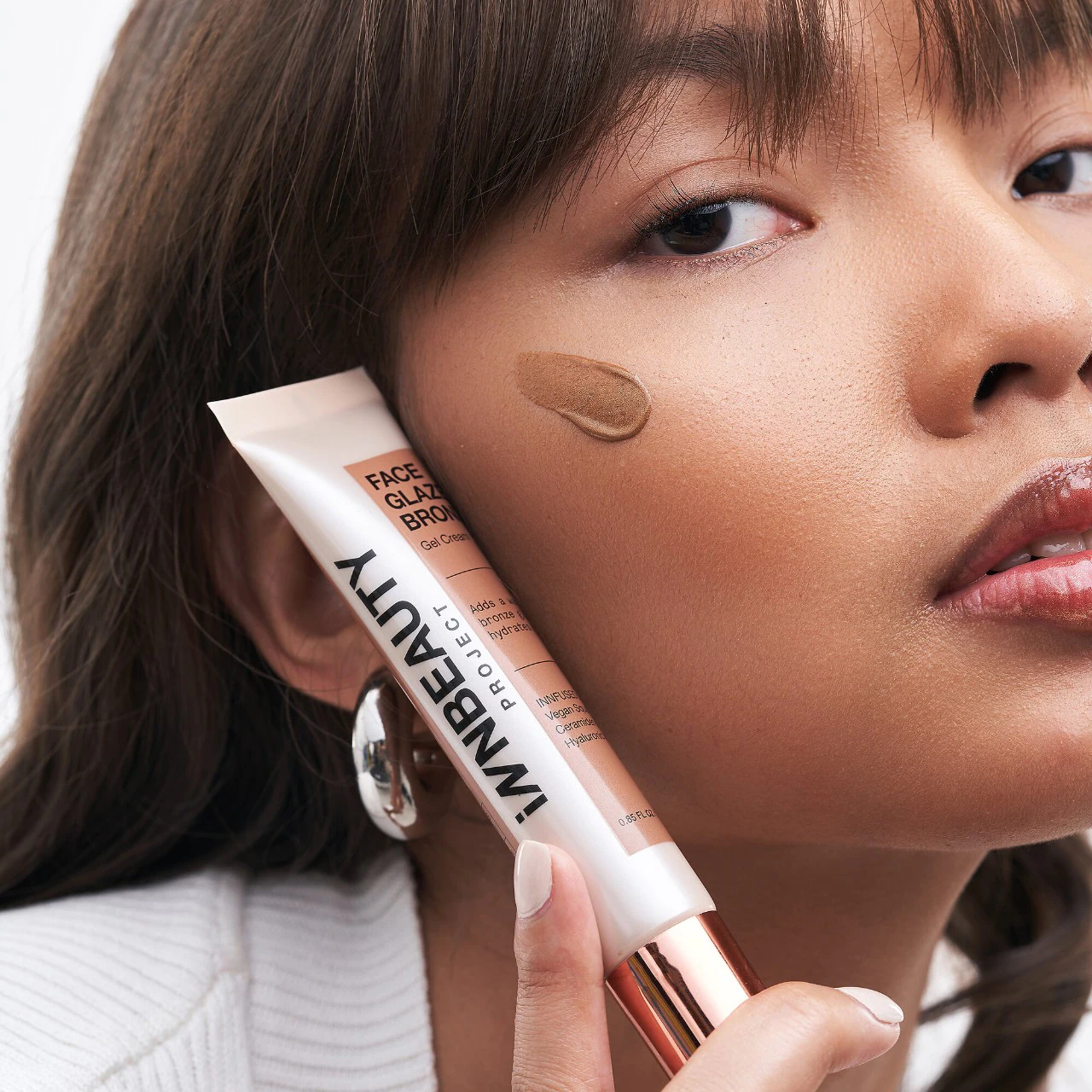
Application Techniques: Maximizing the Benefits of Primers
For those who choose to incorporate primers into their routine, proper application is key to maximizing their benefits. The general rule of thumb is to apply primer after skincare but before foundation or other base makeup. Allow skincare products to fully absorb into the skin before applying primer to ensure optimal adherence and effectiveness.
Most primers perform best when applied in a thin, even layer using gentle patting or pressing motions rather than rubbing. This technique helps to fill in pores and fine lines without disturbing the skin’s surface. Focus on areas where makeup tends to wear off first, such as the T-zone, or where additional smoothing is needed, like around the nose and cheeks.
It’s crucial to allow the primer to set for a minute or two before applying foundation. This waiting period ensures that the primer has time to create a smooth, tacky base that will help makeup adhere better. Some makeup artists recommend gently pressing a tissue over primed areas to remove any excess product, which can help prevent pilling or caking of subsequent makeup layers.
Alternatives to Traditional Primers: Innovative Solutions and Techniques
For those who remain skeptical about traditional primers but still seek the benefits of improved makeup application and longevity, several alternatives exist. One popular option is using a moisturizer with primer-like properties. Many modern moisturizers incorporate ingredients that smooth the skin and provide a grip for makeup, effectively serving as a two-in-one product.
Another innovative approach is the use of facial oils as a primer alternative. While this may seem counterintuitive, especially for those with oily skin, certain lightweight oils can create a smooth, hydrated base for makeup while also nourishing the skin. This method works particularly well for those with dry or mature skin types.
Setting sprays have also gained popularity as an alternative or complement to traditional primers. These products, applied after makeup application, can help to set and prolong the wear of makeup without adding an extra layer under the foundation. Some setting sprays even offer priming benefits when applied before makeup, providing a versatile option for those looking to streamline their routine.
The Hybrid Approach: Combining Primer and No-Primer Techniques
As the beauty industry evolves, many makeup enthusiasts and professionals are adopting a hybrid approach that combines the benefits of primers with more minimalist techniques. This flexible strategy involves using primers strategically rather than as an all-or-nothing step in the makeup routine.
One popular hybrid method involves applying primer only to specific areas of concern, such as an oil-control primer on the T-zone for combination skin, or a smoothing primer around the eyes and mouth to minimize the appearance of fine lines. This targeted approach allows for customization based on individual skin needs without adding unnecessary layers to the entire face.
Another hybrid technique involves mixing a small amount of primer with foundation or moisturizer to create a custom base product. This method can provide some of the benefits of primers, such as improved texture and longevity, while streamlining the application process and potentially reducing the risk of product incompatibility.

Making the Decision: Factors to Consider When Choosing Between Primer and No Primer
Ultimately, the decision to use a primer or go without depends on various factors unique to each individual. Skin type plays a crucial role in determining whether a primer will be beneficial. Those with oily, textured, or mature skin may find that primers significantly improve their makeup application and wear time. Conversely, individuals with balanced or sensitive skin might prefer to skip this step.
The type of makeup look being created also influences the need for a primer. Full-coverage, long-wear looks for special occasions or photography may benefit more from the use of a primer than natural, everyday makeup. Additionally, the climate and environment in which the makeup will be worn can impact the decision. Hot, humid conditions or long days might necessitate the extra staying power that primers can provide.
Budget and time constraints are practical considerations that can sway the decision. While quality primers can be an investment, they may ultimately save money by extending the wear of other makeup products. However, for those with limited time or resources, focusing on good skincare and quality foundation may be a more efficient approach.
Conclusion
In conclusion, the debate between primer and no-primer makeup ultimately comes down to personal preference, skin type, and individual needs. Primers can offer significant benefits in terms of makeup longevity, skin smoothing, and addressing specific concerns like oiliness or fine lines. However, they may not be necessary or beneficial for everyone, and some individuals may achieve their desired results through alternative methods or by focusing on skincare.
As with many aspects of beauty, experimentation is key to finding the perfect routine. Those curious about primers should consider trying samples or travel-sized products to assess their effectiveness without committing to a full-sized purchase. Pay attention to how your skin responds and how your makeup wears throughout the day with and without primer.
Remember that the beauty industry is constantly evolving, with new products and techniques emerging regularly. What works best for an individual may change over time due to factors like aging, environmental changes, or shifts in personal preferences. Staying open to new approaches and being willing to adjust your routine can help ensure that your makeup always looks its best, whether that includes a primer or not.
